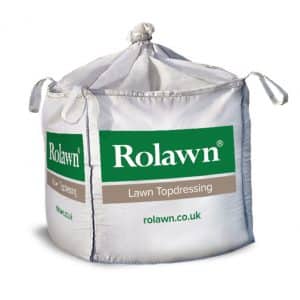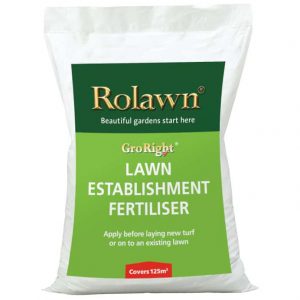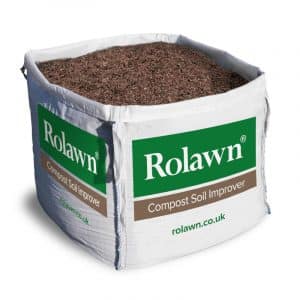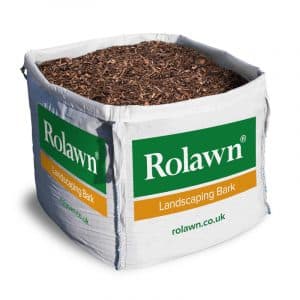Home / Information & advice / Turf & Lawns / Lawn aftercare / Guide to natural lawn care after wet conditions
Wet weather can significantly affect your lawn’s health, encouraging the proliferation of various pests, diseases, and other turf issues. Understanding these common problems and employing natural strategies can help maintain a healthy, resilient lawn.
Here is a summary of the recommended techniques for handling typical lawn challenges in post-rainy conditions. This advice is inspired by best practices similar to those used by our Farm Manager and agronomist, Tom Anderson, to ensure Rolawn’s Medallion turf performs successfully across the UK.
Adopting these natural, preventative strategies allows you to effectively manage and maintain a healthy lawn even after prolonged wet conditions. Remember, the key to a resilient lawn is consistent care and adapting practices to suit the changing conditions.
For more techniques to help you maintain your garden, explore our other advice guides.
You can also sign up for lawn tips to receive regular lawn care and gardening advice, news and promotional offers by email which will help you get the best from your garden.




You can also sign up to our newsletter to receive free seasonal lawn care advice and reminders of essential maintenance, as well as general horticultural advice and special offers from Rolawn.